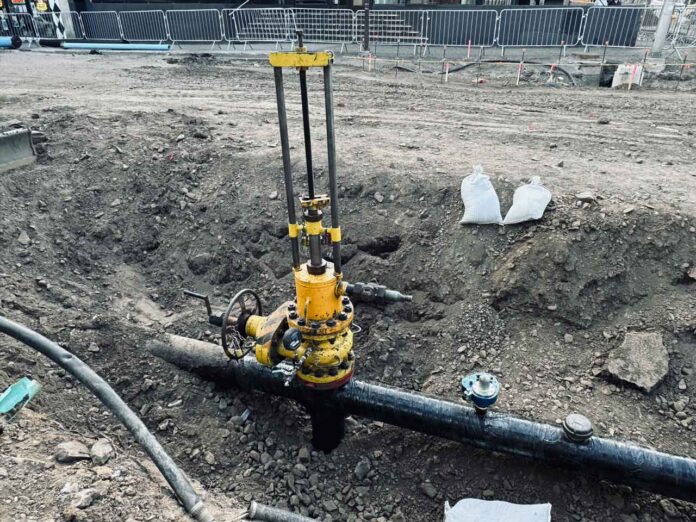Broken pipe systems present a significant risk to both property and health. Understanding these dangers can help in taking proactive measures to prevent or mitigate damage. Let’s explore broken pipe systems and their significance.
What are the Common Causes of Broken Pipes?
One of the primary causes of broken pipes is the degradation of materials over time. Interestingly, pipelines less than 10 years old cause the most incidents compared to those that have been in service for longer periods. This can be attributed to poor installation practices and substandard materials used in newer systems.
Another common cause is extreme weather conditions. Freezing temperatures can cause water in pipes to expand, leading to ruptures. Similarly, high temperatures can cause materials to weaken, making them susceptible to breaking under pressure.
Poor maintenance plays a significant role in the prevalence of broken pipes. Regular inspections and timely repairs can prevent minor issues from turning into major problems. Neglect can lead to the gradual deterioration of the pipe system, resulting in unexpected failures.
How Do Broken Pipes Affect Property?
Broken pipes can wreak havoc on properties due to water damage. Water seeping into walls, floors, and ceilings can lead to structural weakness and costly repairs. The financial burden of dealing with such damages can be overwhelming for property owners.
Additionally, broken pipes can damage electrical systems and appliances. Water and electricity are dangerous and can lead to shorts and fires. Ensuring the integrity of pipe systems is crucial to avoiding such hazardous situations.
Broken pipes can also lead to mold and mildew growth within the property. These fungi thrive in damp environments, causing further damage and posing health risks to occupants. Addressing pipe issues promptly can help mitigate harmful mold and mildew growth.
What Health Risks are Associated with Broken Pipes?
Broken pipes can have severe health implications due to the contamination of water supplies. Leaky pipes often introduce harmful pathogens and chemicals into the water, posing serious health risks. Ingesting or coming into contact with contaminated water can lead to illnesses.
In addition, the potential for mold and mildew growth can exacerbate respiratory conditions. Individuals with asthma or allergies are particularly vulnerable to the effects of mold exposure. Maintaining a healthy indoor environment depends on preventing and addressing pipe breaks.
Water-related illnesses can be severe and costly to treat. Nearly 10,000 gallons of water are wasted yearly due to leaky pipes, reflecting the extent of the issue. Proactive measures are essential to safeguard the health and well-being of property occupants.
How Can You Detect Broken Pipes Early?
Early detection of broken pipes is key to minimizing damage and health risks. One effective method is to monitor water pressure. Any sudden pressure drops could indicate a leak or break in the pipe system.
Another way to detect broken pipes early is by observing water bills. An unexplained increase in water usage could be a sign of a hidden leak. Regularly checking and comparing bills can alert property owners to potential issues.
Technological advancements offer new tools for early detection. Infrared cameras and acoustic sensors can pinpoint leaks that are not visible to the naked eye. Investing in these technologies can provide peace of mind and prevent larger problems.
What Are Effective Methods for Preventing Broken Pipes?
Preventing broken pipes requires a proactive approach to maintenance. Regular inspections can identify potential problems before they escalate. Professional services can offer comprehensive evaluations and timely repairs.
Insulating pipes is another effective preventive measure. This is particularly important in areas prone to freezing temperatures. Insulation helps to maintain the integrity of the pipes, reducing the risk of breaks due to temperature fluctuations.
Finally, investing in quality materials and proper installation techniques is crucial. While it may be tempting to cut costs, using inferior materials can lead to more frequent and severe issues. There are currently over 7,300 pipeline and sewer repair businesses in the U.S., offering specialized services to ensure long-lasting results.
Broken pipe systems pose various dangers, from property damage to health risks. Regular maintenance and timely inspections can go a long way in mitigating the dangers associated with broken pipe systems.






